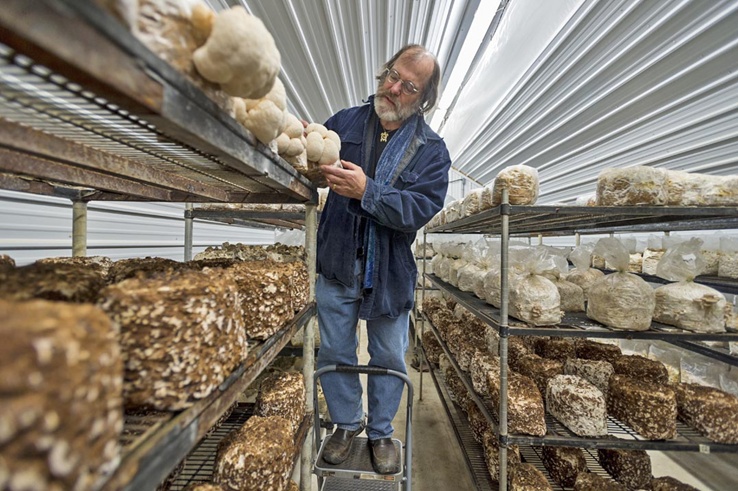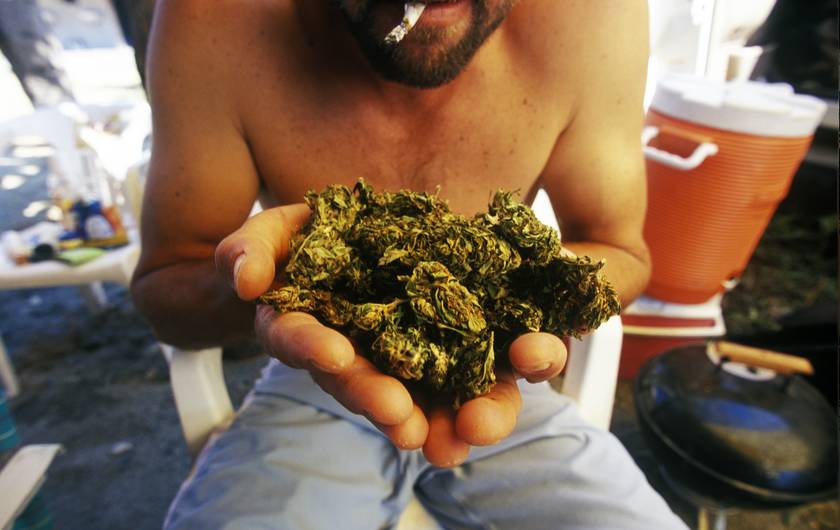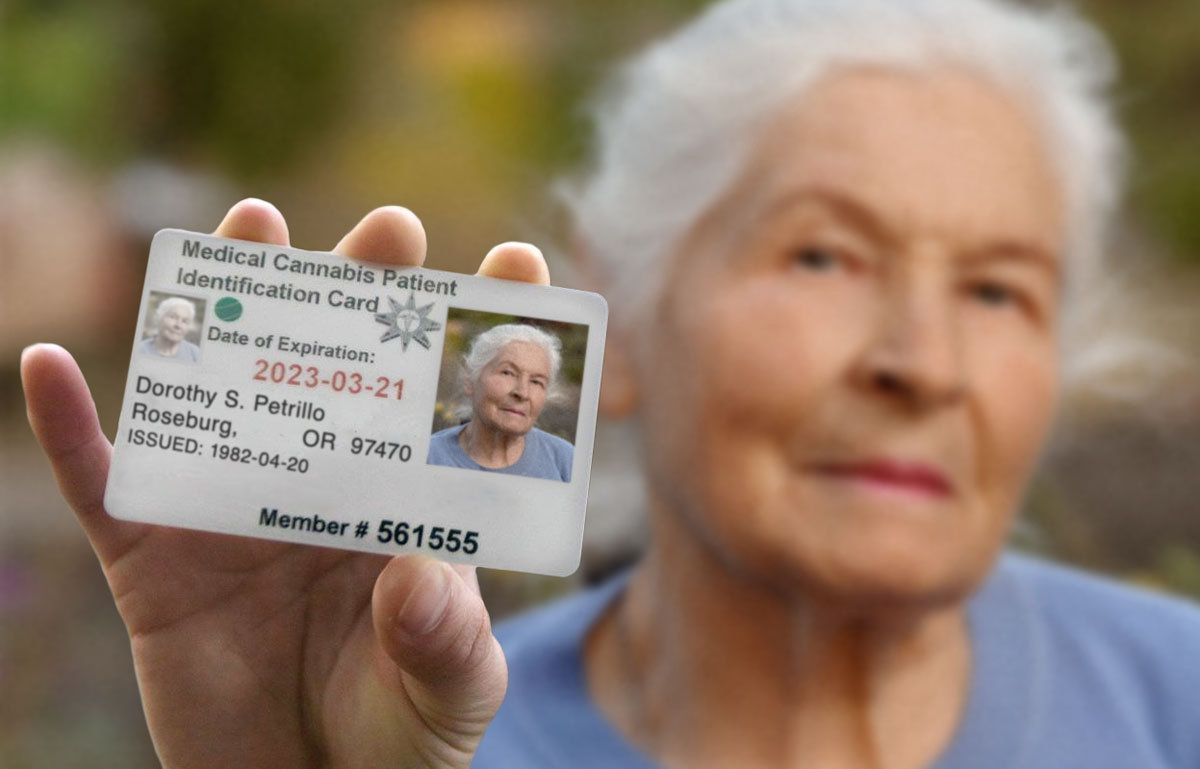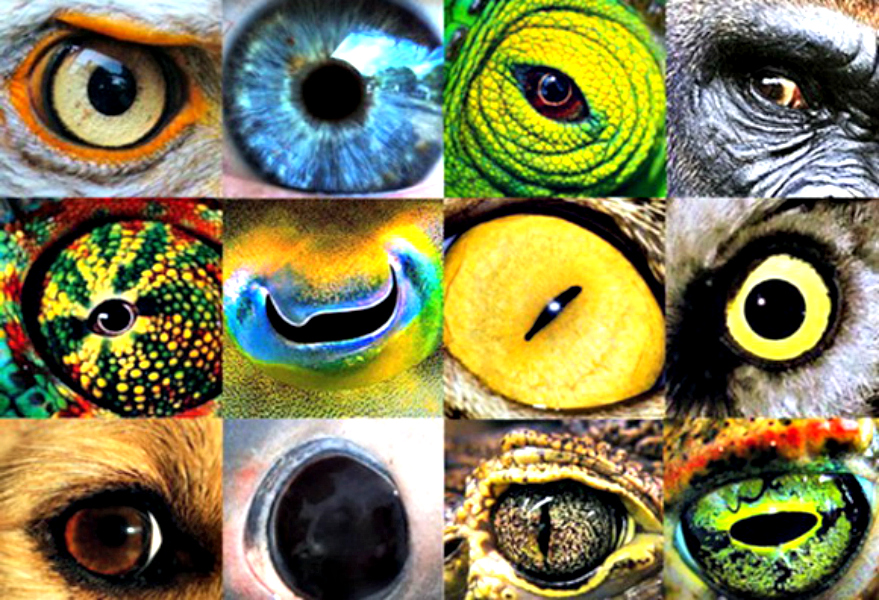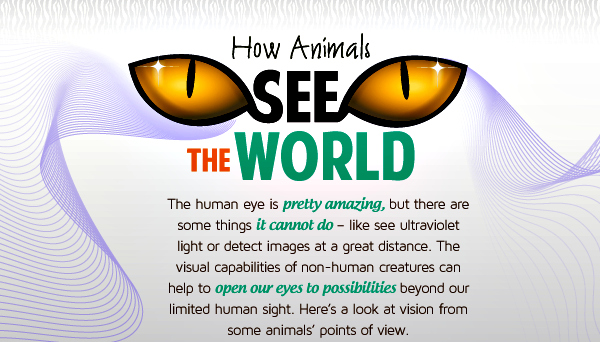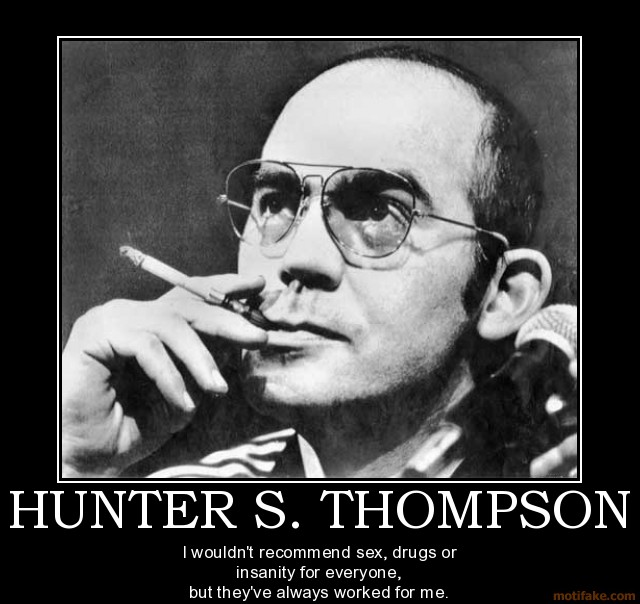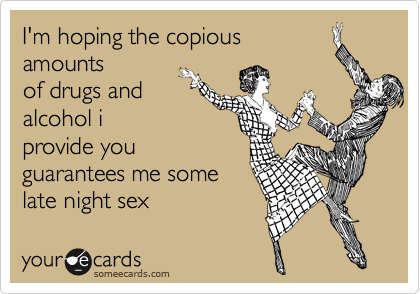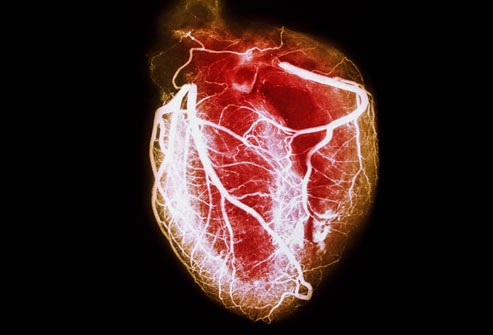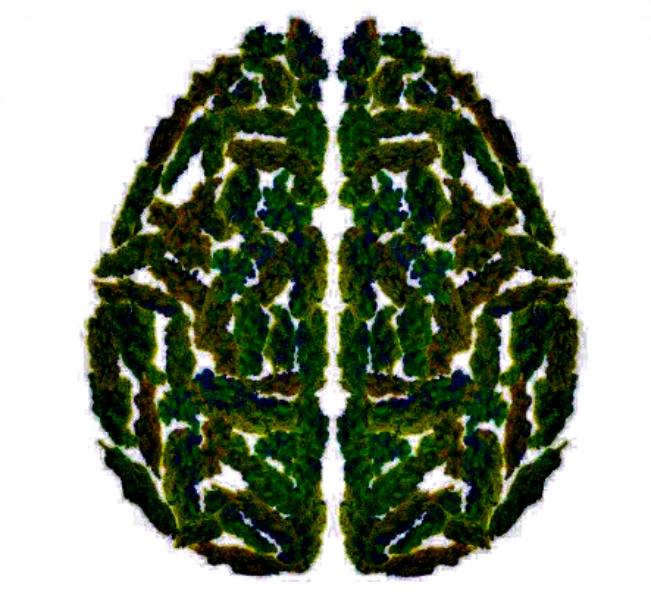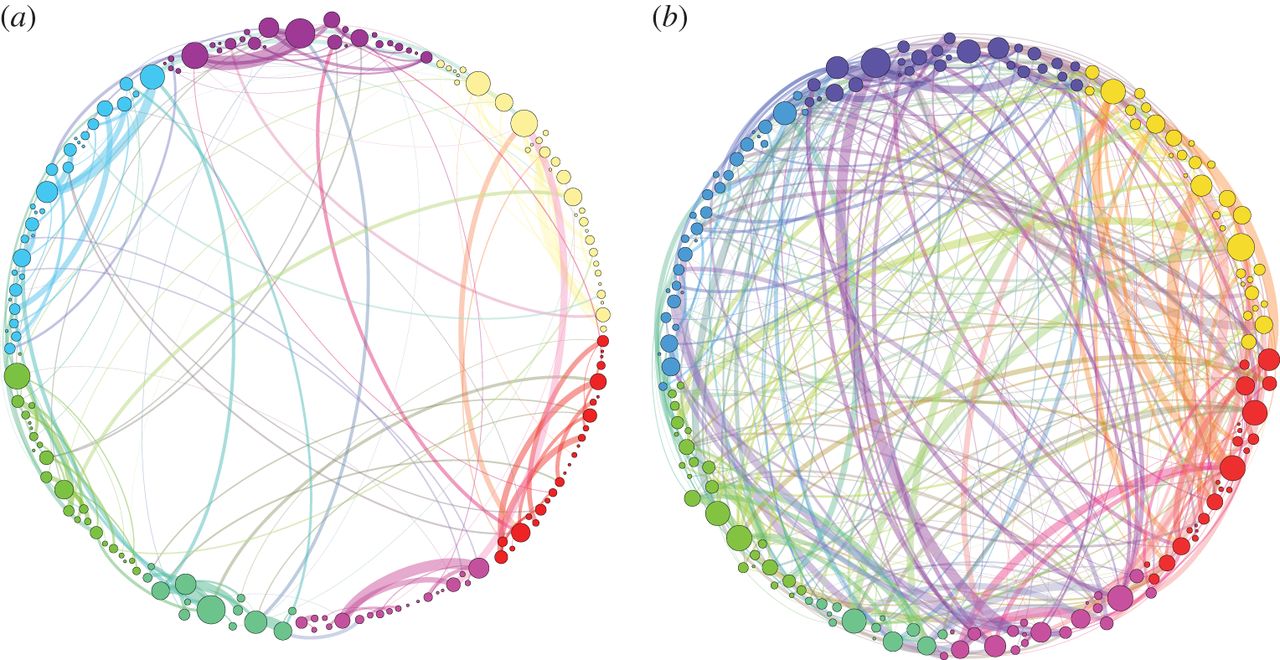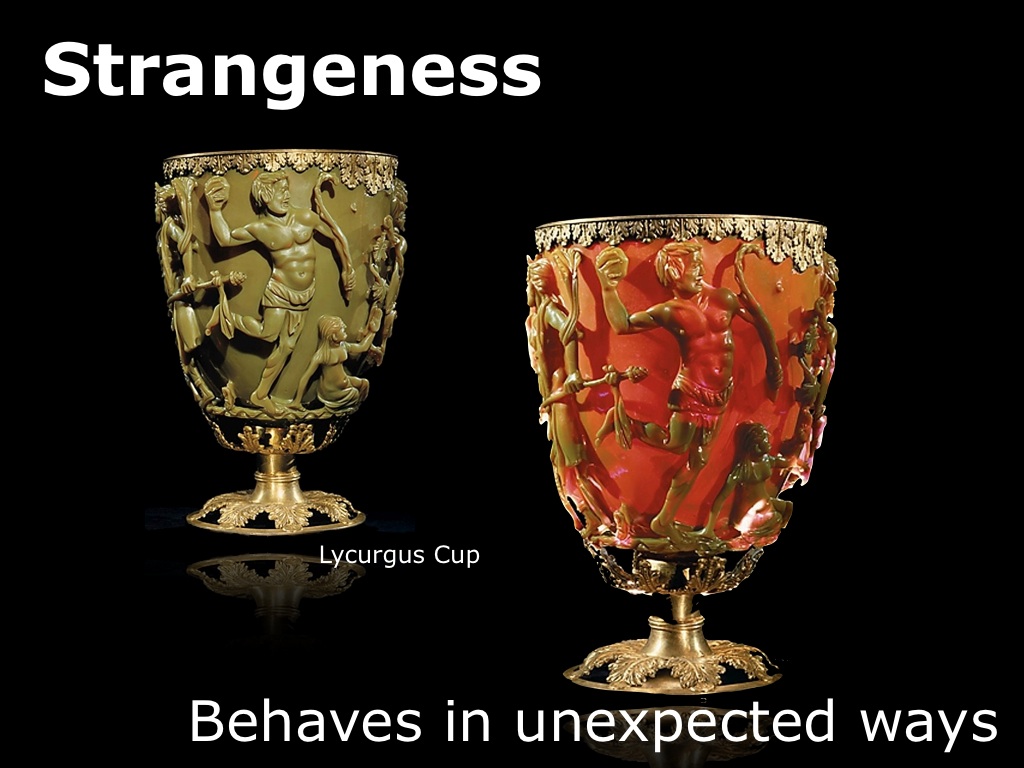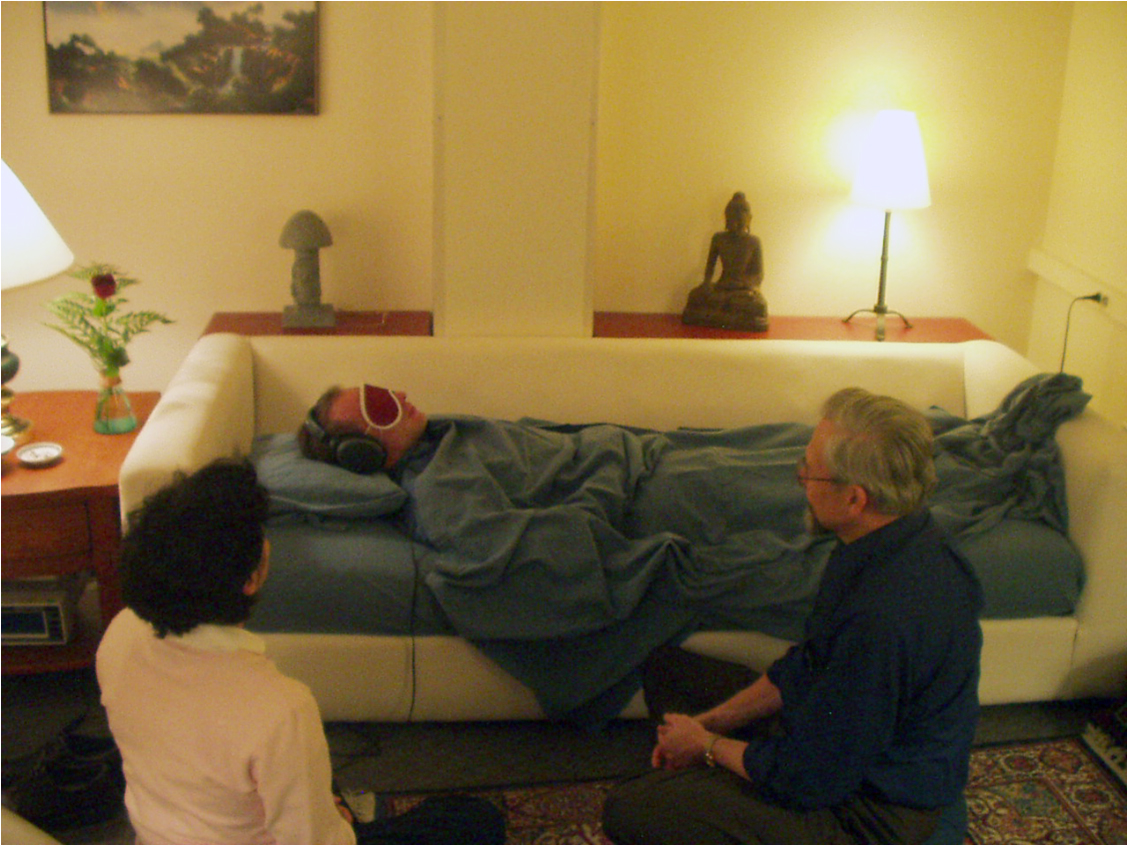
Written by Mary Cosimano, M.S.W.
Johns Hopkins University initiated their psilocybin studies in the year 2000. Since that time, I have been extensively involved with the research and clinical components of all six psilocybin and other hallucinogen studies that have taken place at Johns Hopkins. I have also personally guided over 300 study sessions and have participated in over 1,000 preparatory and integration meetings.
Based on my clinical perspective, I would like to share what I personally believe to be one of the most important outcomes of this work: that psilocybin can offer a means to reconnect to our true nature—our authentic self—and thereby help find meaning in our lives. The experiences recounted to me by study participants, as well as my concurrent personal journey, together with our study results, represent a large body of data from which I derive my conclusions.
When I have difficulty expressing myself, I remember what Ernest Hemingway wrote in A Moveable Feast about what he did when he had a hard time getting started writing. “All you have to do is write one true sentence. Write the truest sentence that you know.”
What comes to me now is a very short sentence—in fact, not a sentence but a word: love. I believe that what humans really want is to receive and to give love. I believe that love is what connects us to each other and that such a connection is brought about by being intimate with each other, by sharing ourselves with others. I believe that the nature of our true self is love.
I believe this theme—love, the need to reconnect with our true selves—addresses the underlying outcome of our psilocybin studies. Yet very often we’re afraid to open ourselves to this connection so we put up barriers and wear masks. If we are able to remove the barriers, to let down our defenses, we can begin to know and accept ourselves, thus allowing ourselves to receive and to give love.
In her TED talk on “The Power of Vulnerability,” Brené Brown, Ph.D., helps us understand how important this sense of connection is on a deep level. Briefly, she states that connection is why we’re here. It’s what gives purpose and meaning to our lives. The way to connect is by being vulnerable, which means having the courage to face our fears—fears that we might fail, fears that others will realize that we aren’t perfect, fears that we are somehow unworthy of connection.
Because this honesty could risk jeopardizing a connection, we shut down, cover up, or “fake it.” Dr. Brown’s answer for overcoming these fears is courage. She points out that courage comes from the Latin word cor (heart), and that the original meaning of courage was to tell your story with your whole heart.
How do we help psilocybin study participants achieve a state of mind wherein it is possible for them to reconnect to their true self and face their fears? I believe it’s a combination of our preparatory meetings with the effects of psilocybin itself.
In our preparatory meetings, we aim to create a space where participants feel secure and safe. We believe this peaceful, positive environment is necessary for them to have the courage to tell the story of who they are. We work to create a deep sense of trust so that the participants feel comfortable to share anything and everything—their fears, joys, disappointments, and shame—without fear of being rejected. Intimate conversation is one of the most important practices to assist in this self-disclosure, and some of our participants have shared that their session was the first time they felt they had been fully seen.
Once they have opened up and shared, they are much more likely to let go and progress though their psilocybin experiences, managing difficult moments with more ease, and eventually restoring their deep and intrinsic connection to their true selves.
After their story has been told and trust established, the psilocybin session follows. In order to achieve maximum benefit from the psilocybin sessions and to access these states of a deep sense of love and connectedness, I believe it is necessary to be relaxed in both body and mind. When we are stressed, anxious, or afraid, we hold ourselves in and tense our bodies.
These states of mind and postures keep us from being able to relax and expand our consciousness. In order to relax, a safe and trusting environment is necessary. Ideally, our preparation meetings have provided that, thus enabling participants to relax into a deeper and more expansive experience. This expansiveness often leads to a deep sense of love and connection for self and all; both this expansiveness and this sense of connection are recurrent themes in psilocybin experiences.
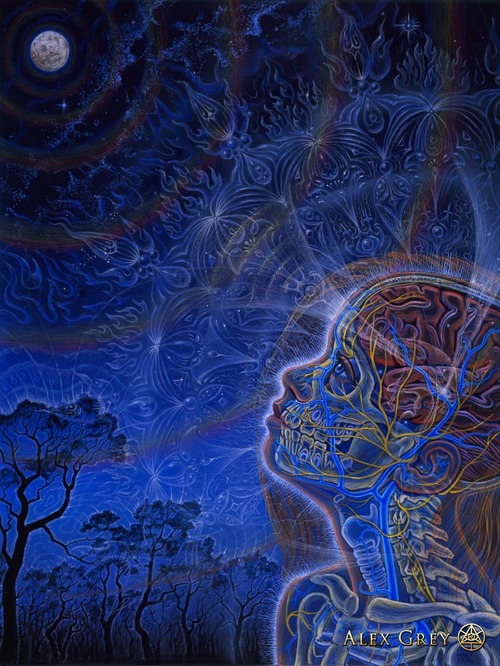
After their session one participant wrote: “I was reveling in the undeniable feelings of infinite love. I said [to myself], ‘I am love, and all I ever want to be is love.’ I repeated this several times and was overwhelmed with the intensity of the love. I was aware of tears flooding my eyes at this point. All the other goals in life seemed completely stupid.”
InLove 2.0, Barbara Fredrickson, Ph.D., wrote: “Love is far more ubiquitous than you ever thought possible for the simple fact thatlove is connection.”
Another participant said: “Once I was past the darkness, I began to feel an increasing feeling of peace and connectedness…An intense feeling of love and joy emanated from all over my body and I can’t imagine feeling any happier. I knew that the worries of everyday life were meaningless and that all that mattered were my connections with the wonderful people who are my family and friends.”
The first two psilocybin studies conducted at Johns Hopkins (Griffiths et al. 2008, 2011) showed that psilocybin occasions personally meaningful and spiritually significant mystical experiences producing positive changes in attitudes, mood, altruism, behavior, and life satisfaction. A further analysis (MacLean et al. 2011) found significant increases in openness following a high-dose psilocybin in participants who had mystical experiences.
I believe these findings suggest that increased personal meaning, a sense of spiritual significance, and an increase in openness are what allow humans to connect to their true selves—which is, at its core, love.
I observed how participants in our study of psilocybin-assisted therapy for cancer anxiety often came into the study feeling “disconnected”—not only from their place in the world but also more importantly from themselves, due to the fact that their lives had changed dramatically since their diagnosis. Many are too weak to continue to work, and many have lost their jobs. Outward appearances may also have changed, as they lose weight, muscle tone, and often their hair. Their thoughts and feelings of what had once defined them are no longer accurate. What once gave purpose and meaning to their lives seems meaningless.
One participant said: “Once you have a cancer diagnosis you’re like the ‘walking dead.’” Another told us that she was living like she’d already died.
Our structured psychiatric interviews include two questions that target this sense of disconnection:
1. Have you all of a sudden changed your sense of who you are and where you are headed?
2. Do you often feel empty inside?
Among our cancer participants, there was a high positive response rate to both of these questions, which I believe was due to their loss of a sense of self and meaning in their lives. Our cancer study often enables our participants to get back that connection to their true self, to believing that they are worthy of love and connection. One participant wrote in her six-month report that her “depression lifted completely” and that she was “able to get out of the ‘cancer world’ and back to myself…and able to connect with others and care better for [her partner].”
Two additional quotes from our volunteers nicely summarize my thoughts about the importance of love, true self, and meaning during and after the sessions:
Everything is swept up into a climactic epiphany of love as the universal essence and meaning of all things.
The journey of spirit coming to itself, revealing to itself its own inner mystery, is nothing but the self-realization of love.
The purpose of all of us here together is to be constant reminders to each other of Who We Really Are.
It is interesting to reflect on the differences and similarities between our Johns Hopkins psilocybin studies and MAPS’ MDMA-assisted psychotherapy studies. The Johns Hopkins studies have characterized the phenomenology of psilocybin experience in healthy volunteers, and explored the therapeutic use of psilocybin in treating anxiety associated with life-threatening cancer diagnosis, and in treating cigarette smoking addiction.
Although the therapeutic endpoints differ between the psilocybin (cancer anxiety and addiction) and MDMA (posttraumatic stress disorder or PTSD) studies, both approaches highlight the importance of trust and rapport between participant and guide/therapist. One notable difference is that the psilocybin studies have characterized mystical-type experiences, and have suggested that such experiences may underlie the therapeutic and other enduring positive effects of psilocybin session experiences. It would be productive and valuable to assess whether similar changes occur in response to guided MDMA sessions as well.
I’d like to acknowledge and thank the Johns Hopkins Psilocybin Research Team, our study participants, and our funders.
REFERENCES
Hemingway, Ernest; A Moveable Feast. Scribner Classics: New York, 1996.
Fredrickson, B. L. 2013. Love 2.0: How Our Supreme Emotion Affects Everything We Feel, Think, Do, and Become.
Brown, Brené 2010. TEDx talk: The Power of Vulnerability June 2010
Griffiths, R.R., Richards, W.A., Johnson, M.W., McCann, U.D., Jesse, R. 2008. “Mystical-type experiences occasioned by psilocybin mediate the attribution of personal meaning and spiritual significance 14 months later.”Journal of Psychopharmacology, 22(6), 621-632.
Johnson, M.W., Garcia-Romeu, A., Cosimano, M.P., and Griffiths R.R. 2014. “Pilot study of the 5-HT2AR agonist psilocybin in the treatment of tobacco addiction.” Journal of Psychopharmacology, 28(11), 983-92.
Griffiths, R.R., Johnson, M.W., McCann, U., Richards, W.A., Richards, B.D., and Jesse, R.. 2011. “Psilocybin occasioned mystical-type experiences: immediate and persisting dose-related effects.” Psychopharmacology, 218(4), 649-665.
MacLean, K.A., Johnson, M.W., and Griffiths, R.R. 2011. “Mystical experiences occasioned by the hallucinogen psilocybin lead to increases in the personality domain of openness.” Journal of Psychopharmacology, 25(11), 1453-1461.
Mary Cosimano M.S.W.
is currently with the Department of Psychiatry and Behavioral Sciences at the Johns Hopkins University School of Medicine and has served as study guide and research coordinator for the psilocybin studies for 15 years. During that time she has served as a session guide for the six psilocybin studies and other hallucinogen studies and has conducted over 300 sessions. She has worked as a clinician teaching individual and group meditation to breast cancer patients in research at Johns Hopkins, was a behavior modification counselor for weight loss, and has 15 years of experience with direct patient care as a hospice volunteer.
> My Experience as a Guide in the John Hopkins PRP | MAPS

